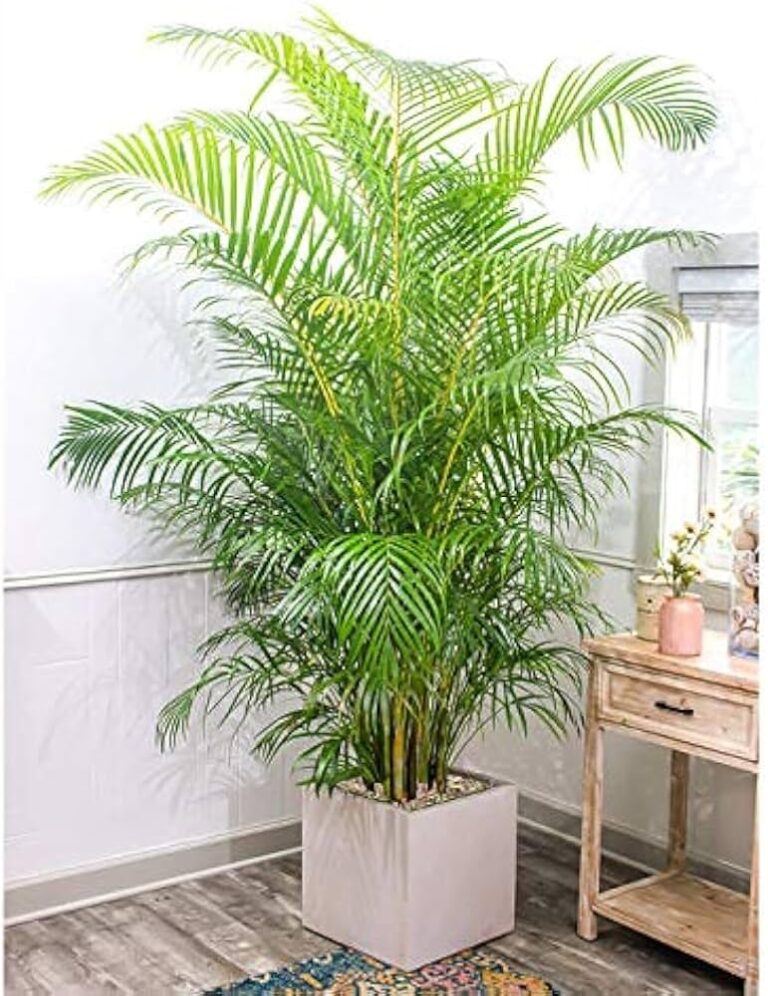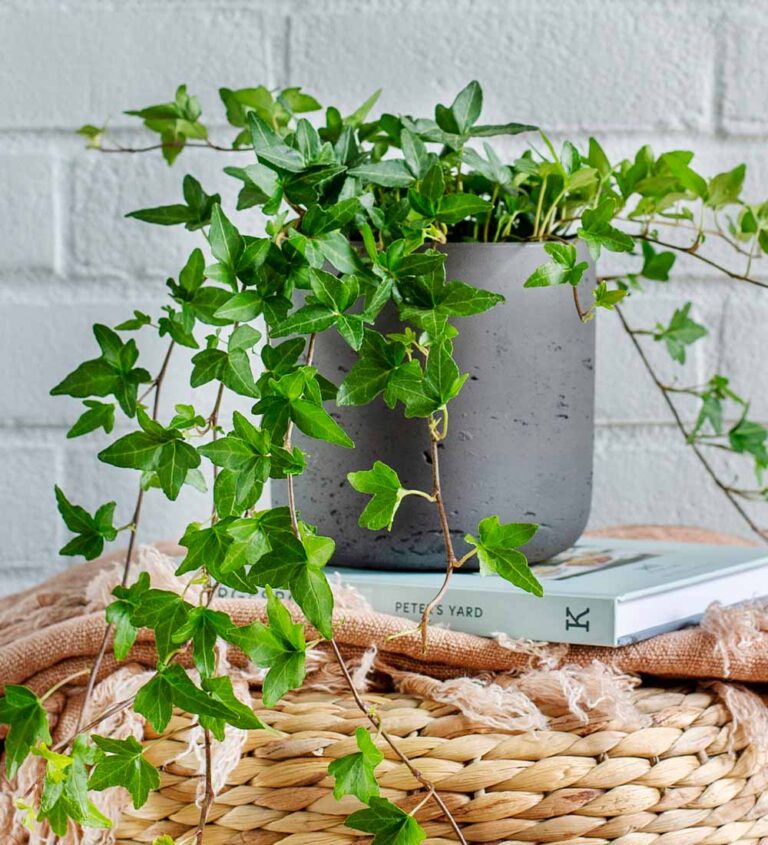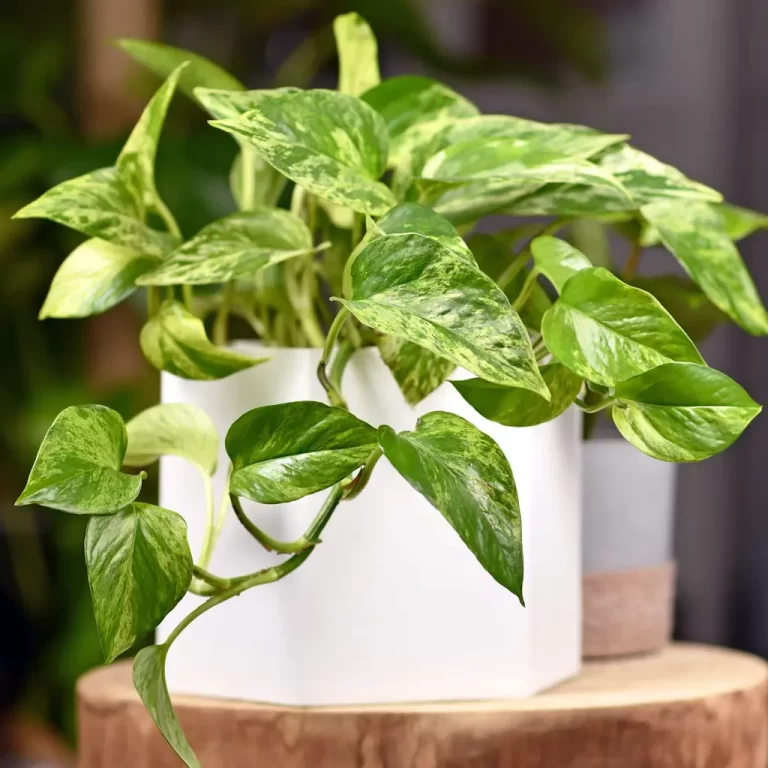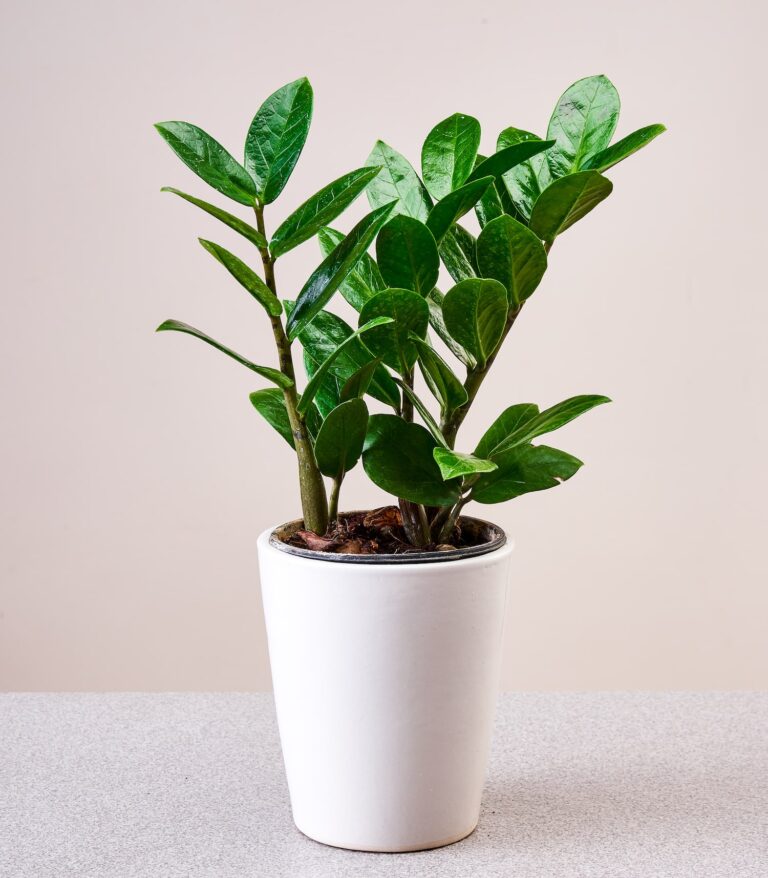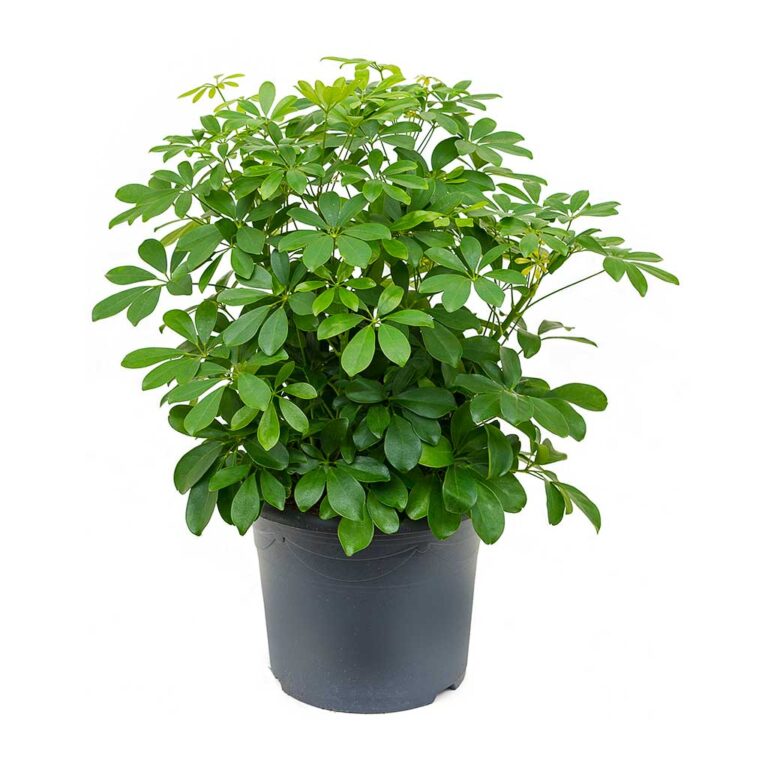Spathiphyllum: The Perfect Indoor Plant Guide
Spathiphyllum: The Perfect Indoor Plant Guide

What is Spathiphyllum?
Spathiphyllum, commonly known as the Peace Lily, is a popular indoor plant cherished for its elegant white flowers and glossy green leaves. Native to tropical regions of the Americas and Southeast Asia, this plant belongs to the Araceae family. Despite its name, the Peace Lily is not a true lily but gets its name from its white spathes that resemble a calla lily. Its striking appearance and air-purifying qualities make it a favorite among plant enthusiasts and beginners alike.
The Peace Lily is also symbolic of peace, harmony, and healing, making it a meaningful addition to homes and offices. Its ability to thrive in low-light conditions and minimal watering needs further contributes to its popularity as an easy-care houseplant.
Benefits of Having a Peace Lily
The Peace Lily offers more than just aesthetic appeal. Here are some key benefits of adding this plant to your indoor space:
| Benefit | Description |
|---|---|
| Air Purification | The Peace Lily is known for its ability to remove toxins like benzene, formaldehyde, and carbon monoxide from the air, improving indoor air quality. |
| Low Maintenance | This plant requires minimal care, making it ideal for busy individuals or those new to gardening. |
| Decorative Appeal | Its lush green foliage and elegant white flowers add a touch of sophistication to any room. |
| Humidity Regulation | The Peace Lily helps increase humidity levels in dry indoor environments, benefiting both plants and people. |
Caring for Your Peace Lily
Taking care of a Peace Lily is simple, making it an excellent choice for beginners. Follow these tips to keep your plant healthy:
- Light: Place your Peace Lily in bright, indirect sunlight. It can tolerate low light but thrives best with filtered light.
- Watering: Water when the top inch of soil feels dry. Avoid overwatering as it can cause root rot.
- Temperature: Maintain temperatures between 65°F (18°C) and 85°F (29°C). Avoid exposing the plant to cold drafts.
- Humidity: Peace Lilies prefer high humidity. Mist the leaves occasionally or use a humidifier if needed.
- Fertilizing: Feed your plant with a balanced houseplant fertilizer every 6-8 weeks during the growing season (spring and summer).
By following these guidelines, your Peace Lily will reward you with vibrant foliage and beautiful blooms year-round!

Common Problems and Solutions
Even though Peace Lilies are low-maintenance plants, they can occasionally face some issues. Here’s a guide to common problems and how to address them:
- Yellowing Leaves: This is often caused by overwatering. Allow the soil to dry out slightly before watering again.
- Brown Leaf Tips: Low humidity or excessive fertilizer can lead to browning tips. Increase humidity around the plant and ensure you’re not over-fertilizing.
- No Blooms: If your Peace Lily isn’t flowering, it might not be getting enough light. Move it to a brighter location with indirect sunlight.
- Pests: Spider mites and mealybugs can occasionally infest Peace Lilies. Wipe the leaves with a damp cloth or use insecticidal soap to treat the problem.
- Wilting: Wilting can occur due to underwatering or overwatering. Check the soil moisture and adjust your watering schedule accordingly.
By identifying and addressing these issues promptly, you can ensure your Peace Lily remains healthy and vibrant.
How to Propagate Your Peace Lily
Propagating a Peace Lily is a straightforward process that allows you to grow new plants from an existing one. Follow these steps for successful propagation:
| Step | Description |
|---|---|
| 1. Choose a Healthy Plant | Select a mature Peace Lily with multiple crowns (clusters of leaves). |
| 2. Remove from Pot | Carefully take the plant out of its pot, ensuring minimal damage to the roots. |
| 3. Divide the Plant | Separate the crowns gently, ensuring each division has roots attached. |
| 4. Replant | Plant each division in a separate pot with fresh, well-draining soil. |
| 5. Water and Care | Water the new plants lightly and place them in a location with indirect sunlight. |
This simple method ensures that your Peace Lily collection grows while keeping your original plant healthy.
Popular Varieties of Peace Lily
The Peace Lily comes in several varieties, each offering unique features. Here are some popular ones:
- Spathiphyllum ‘Mauna Loa’: A large variety with broad leaves and striking white flowers, perfect for spacious interiors.
- Spathiphyllum ‘Sensation’: Known for its oversized leaves, this variety makes a bold statement in any room.
- Spathiphyllum ‘Domino’: Features variegated foliage with white streaks, adding visual interest to your plant collection.
- Spathiphyllum ‘Wallisii’: A smaller variety ideal for compact spaces, with narrow leaves and delicate blooms.
- Spathiphyllum ‘Clevelandii’: A classic variety known for its resilience and adaptability to various conditions.
No matter which variety you choose, all Peace Lilies share the same easy-care nature and elegant appearance!

Frequently Asked Questions
How often should I water my Peace Lily?
Water your Peace Lily when the top inch of soil feels dry. Overwatering can lead to root rot, so ensure the pot has proper drainage.
Why are the leaves of my Peace Lily turning yellow?
Yellowing leaves are usually a sign of overwatering. Allow the soil to dry out slightly and adjust your watering schedule.
Can I keep a Peace Lily in low light conditions?
Yes, Peace Lilies can tolerate low light, but they thrive best in bright, indirect sunlight for optimal growth and blooming.
Is the Peace Lily toxic to pets?
Yes, Peace Lilies are toxic to cats and dogs if ingested. Keep them out of reach of pets to avoid any health issues.
How do I encourage my Peace Lily to bloom?
Ensure your plant gets enough indirect sunlight and feed it with a balanced fertilizer during the growing season to promote flowering.
What type of soil is best for a Peace Lily?
A well-draining potting mix with good aeration is ideal for Peace Lilies. You can use a standard houseplant soil mix for best results.
Conclusion
Thank you for joining us on this journey to explore the wonderful world of Spathiphyllum, or Peace Lilies. These elegant plants are not only beautiful but also easy to care for, making them a perfect addition to any indoor space. Whether you’re looking to purify your air, add a touch of greenery, or simply enjoy the calming presence of nature, the Peace Lily is an excellent choice. We hope this guide has provided you with all the information you need to grow and care for your own Peace Lily successfully. Happy gardening!


